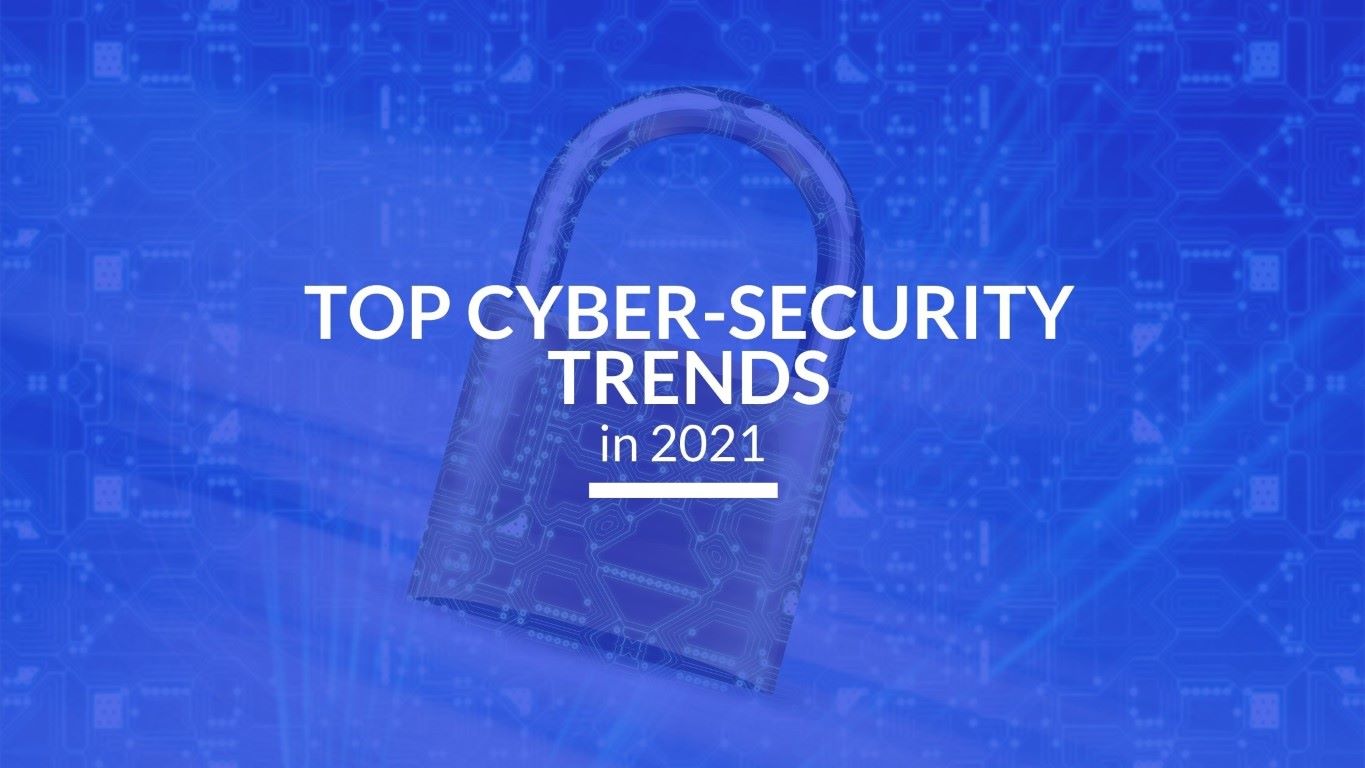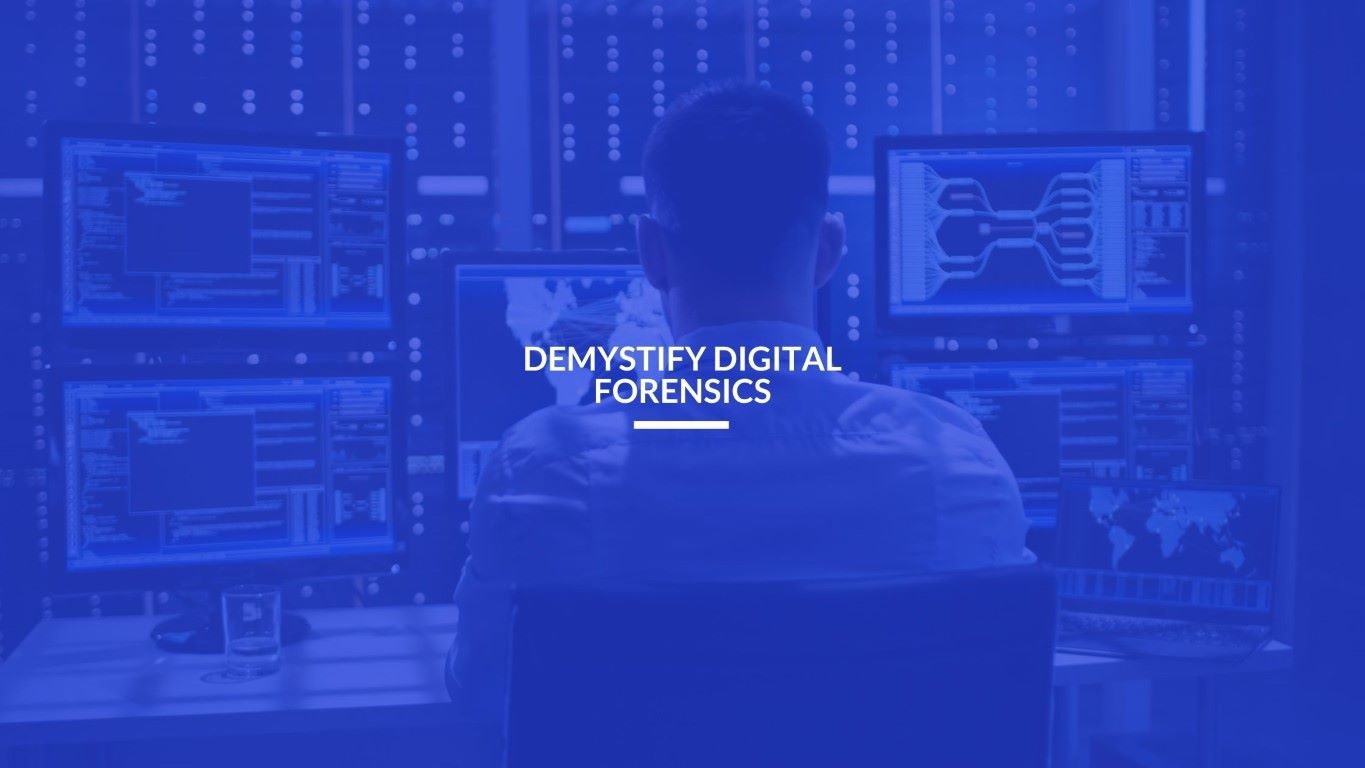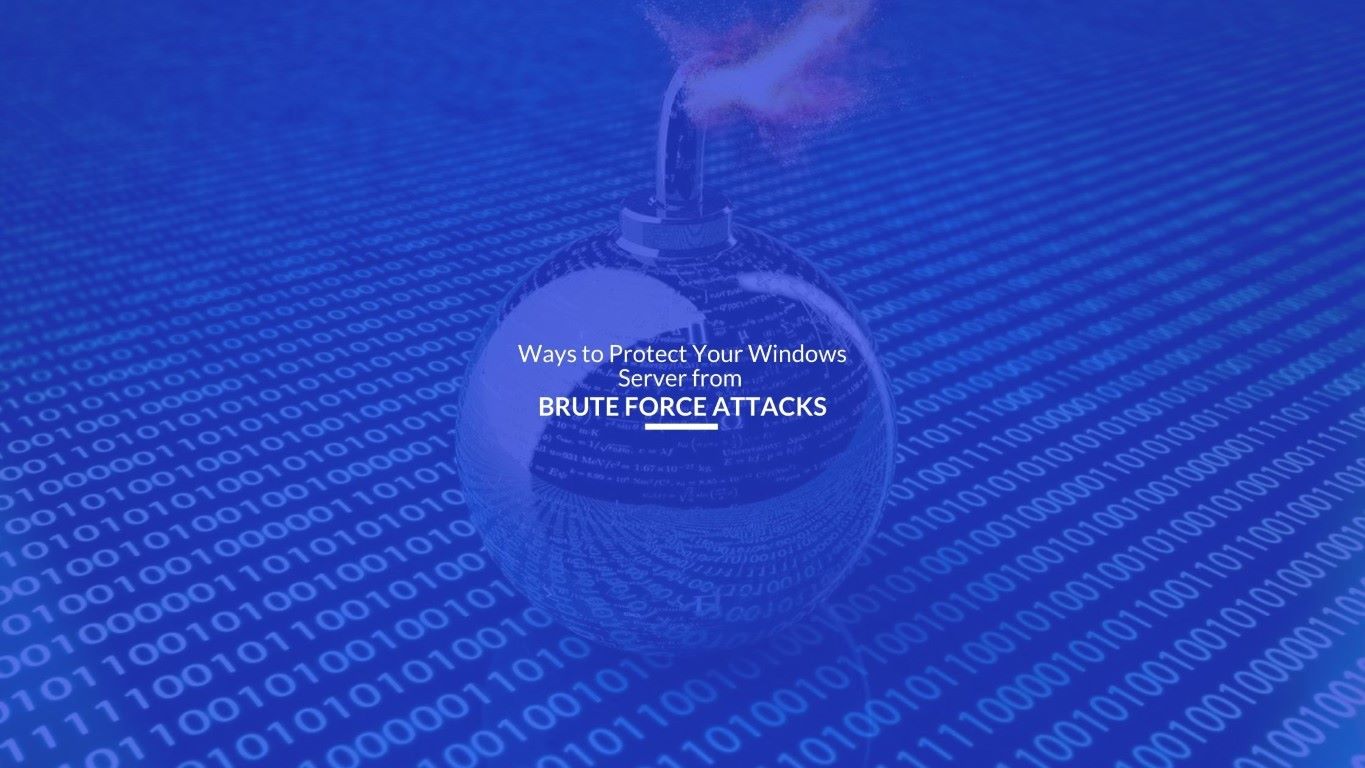The landscape for cyber-security has vastly changed in 2020 post the pandemic. More and more devices started working under home networking systems. As a result of which cyber-security has also adapted itself to the changing needs. It is safe to say that 2021 has seen a huge rise in automation and integration with AI when it comes to providing holistic cyber-security. In this blog we will look into the top cyber-security trends in 2021.
- Recommendation for remote working – With the Coronavirus pandemic forcing workplaces to shit to an extensive remote infrastructure, 2020 and 2021 has seen a huge rise in cyber-security trends revolving around remote working. It is not only imperative to classify use cases by the data but it is also necessary to lay out the transaction risk which precedes technology selection. One of the major trends in 2021 is the acceleration of the migration to shift to security which based on cloud delivery and a setup defined by modern management. Organizations in 2021 are taking it upon themselves to lay out the different new policies and procedures which is necessary for the protection of data.
- Rise of Cybersecurity Mesh architecture – The Cybersecurity Mesh Architecture has been another revelation of 2021. The reason the Mesh Architecture has gained popularity is because it lets organizations extend cybersecurity controls wherever there arises a need for it. Organizations are now developing layers of support for the mesh which includes security analytics, identity fabric and policy management. For optimum efficiency it is best for an organization’s cyber-infrastructure if the deployment of compostable security tools that can be positioned as close as possible to digital assets.
- Consolidation of security products – According to the 2020 Gartner Security & IAM Solution Adoption Trends Survey, 80% of all IT organizations have strategies and plans to pursue vendor consolidation strategy within the next three years. 2021 has seen a significant rise in establishing a principle which will serve the purpose of guidance material to be looked at while acquisition of new products. Organizations and cyber-security experts are looking to develop metrics which will assist in measuring the consolation strategy.
- Necessity for Identity first security – In 2021 there is no scope for lax security measures. Cyber-criminals have become more sophisticated and developed numerous ways to exploit any gaps in a security system. Organizations are now looking to invest in technology and the skills that are required for modern identity and access management. Another thing which has seen a major rise in 2021 is the treatment of identity policy, process and monitoring. It is now almost as comprehensive and exhaustive in nature as the efforts that are put behind traditional LAN controls.
- Machine Identity management – Gaining popularity as a critical level security capability, the establishment of a machine identity management program is a necessity for all organizations. In 2021, it is some sort of a trend to assign ownership of machine credentials management which is turning out to be quite beneficial for organizations and their cybersecurity structure.
- Use of BAS tools – In 2021, organizations are very dependent on BAS or Breach and Attack Simulation tools. One of the major trends is to establish a testing capability which is continuous in nature with the help of BAS tools. BAS tools are being extensively used to test security controls efficacy and also to determine the efficiency of the changes.
- Privacy enhancing computation – Privacy enhancing computation has seen a massive rise in 2021. Organizations are not only investigating the use cases these technologies are enabling now but they are also putting significant effort in identifying the technology that is the best suited and most appropriate for privacy use cases. Organizations are also looking to conduct data protection impact assessments more often.





